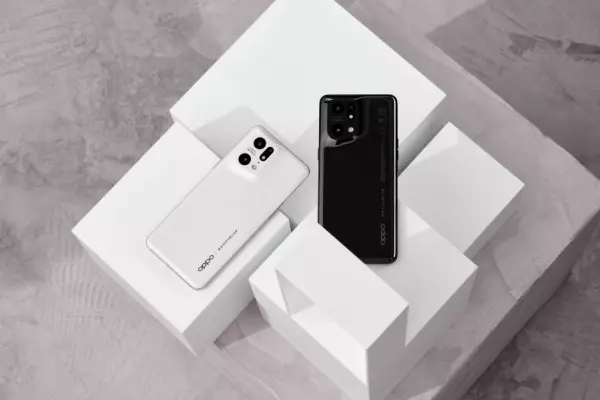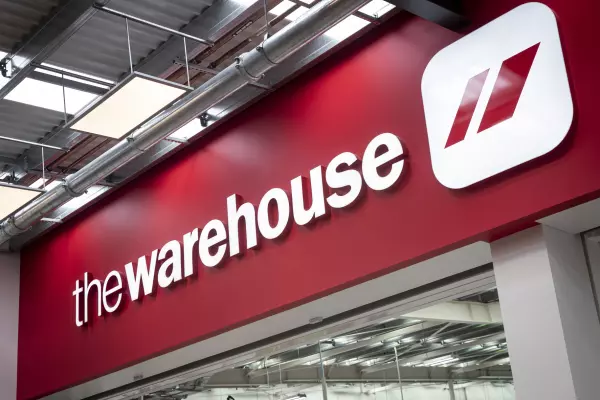Unlimited calls, unlimited texts, and a decent chunk of monthly mobile data really shouldn’t cost all that much when smartphones are a global utility.
But New Zealand’s mobile operators are doing well to squeeze every last cent from their customers with prices considerably higher than Australia, and downright daylight robbery compared to countries like the UK.
Let’s take a look at what $40 will get the discerning mobile customer looking for a prepaid 4G SIM-only monthly deal on both sides of the Tasman at the time of writing.
- Vodafone NZ: 5GB data, 400 NZ+AU mins, unlimited NZ+AU texts ($45).
- Spark NZ: 4GB data + 2GB social media data, 500 NZ mins, unlimited NZ texts ($49).
- 2degrees NZ: 4GB data, unlimited NZ+AU mins, unlimited NZ+AU texts ($40).
2degrees is the winner here. Not only does it give unlimited trans-Tasman calls for 40 bucks, but its 4GB of data carries over to the next month for up to a year if you don’t use it all.
Vodafone and Spark don’t offer $40 prepaid plans. Vodafone offers carry over data but limits call minutes for $45, while Spark charges $49 for limited calls on a plan that offers three months of free Spotify and 2GB extra data for social media apps.
Let’s compare that confusing set of choices to what Australia’s three main telcos offer prepaid customers for AU$40 (NZ$43).
- Vodafone AU: 60GB data, unlimited AU calls, unlimited AU texts, unlimited international texts.
- Telstra AU: 37GB data, unlimited AU calls, unlimited AU texts.
- Optus AU: 50GB data, unlimited AU calls, unlimited AU texts.
All three are excellent value and the choices are very easy to understand.
Vodafone chucks in international texts and ‘infinite’ data at reduced speeds, not that many people will run out of 60GB in a month. Telstra adds 17GB of bonus data to its 20GB plan for a nice round 37GB and makes it carry over data because why not, while Optus makes its 50GB plan carry over and even gives you 10GB extra Netflix data.
For context, streaming Netflix for an hour in standard definition generally uses about 1GB of data, or 3GB if in high definition.
NZ’s prepaid plan choice is confusing with minimal add-on incentives, not to mention the fact that $40 per month to run a smartphone is already expensive for many New Zealanders and only nets single-digit gigabyte data amounts per month.
Prepaid plans should offer flexibility and parity with pay monthly contract plans, but NZ’s circa-$40 prepaid bracket doesn’t offer unlimited calls and texts as standard across the board like Australia does.
Vodafone NZ’s $40 pay monthly plan offers unlimited data at reduced speeds, and unlimited calls and texts. Why the worse plan for prepaid customers paying the same price?
Spark’s $40 pay monthly plan only offers 3GB data and 300 minutes, making it worse value than the $49 prepaid option.
Props to 2degrees for offering the exact same plan for $40 whether prepaid or pay monthly. NZ’s challenger brand is the clear winner, but it is not driving the competition necessary to force better options from all three telcos.
Vodafone NZ spokesperson Nicky Preston pointed to a new prepaid plan for $13 per month with free social media data for a year, but it only includes 250MB of data for everything else, plus 100 minutes and 100 texts.
“We are confident that Spark’s prepaid plans are at a fair price and good value,” Spark spokesperson Cassie Arauzo told BusinessDesk.
“The price of mobile plans vary between countries and is based on a number of factors including geography, the mobile network, the density of population and the population’s mobile habits.”
This was echoed by 2degrees chief consumer officer Holly Knill, who said: “Comparing countries on cost alone does not take into account myriad factors that contribute – population, topography, etc.”
Both Vodafone and Spark also pointed to mobile industry organisation GSMA’s 2020 mobile connectivity index, where NZ ranked third best globally in an amalgamation of metrics that encompass infrastructure, affordability, consumer readiness, and content and services.
Third in the world ain’t bad. Australia is number one.
It is a valid argument that NZ ranks well in industry terms, but affordability is only one of the metrics considered. It’s plain to see that when directly compared, NZ is behind Australia on mobile data pricing, no matter how it’s framed.
Sprawling issue
Most New Zealanders remember a time about the turn of the century when Nokia ruled the world and calls and texts were incredibly expensive. Things have improved, but many won’t realise how much better it could be.
“It’s like a lot of industries in New Zealand actually, we pay high prices for things because we have always paid high prices for things, so we just accept them as normal,” Jon Duffy, chief executive at Consumer NZ told BusinessDesk.
“If you shop around and look around at the alternatives, you'll find that they're all priced around the same price point, so that is problematic.”
Alex Choros, managing editor of Australian mobile comparison site WhistleOut, said Optus led the Aussie charge a few years ago by aggressively pricing mobile data, forcing Vodafone and Telstra to follow suit.
“For the most part it’s a positive. It’s great that consumers can get more data for less, but at a certain point it could become a race to the bottom where it becomes harder for the telcos to recoup the costs of running their networks.”
This is front of mind for NZ’s mobile network operators as 5G networks spring up and 3G networks approach the end of life. It is signalling more expensive 5G-compatible phones and more expensive 5G data plans for consumers.
The country’s ultrafast broadband (UFB) rollout is rightly praised, and NZ’s fixed-line fibre network is considered superior to those in many other developed nations in its performance and national availability, including Australia.
But UFB does not reach every corner of the country, and those people who might want to rely on mobile data for their online needs are faced with particularly high prices for not a lot of data.
Even if the UFB network reaches your home, it’s only great if you can afford it.
It is estimated that 200,000 NZ homes are without internet, and NZ’s cheapest entry-level fixed line broadband plan is $65, the seventh-highest price of all 37 OECD countries according to the latest Commerce Commission annual telecommunications monitoring report.
That cost is far from affordable for many, and this is confounded by the apparent ‘can charge, will charge’ attitude of telcos’ mobile data pricing.
The average monthly data use per connection in NZ in 2020 was 3.29GB according to the ComCom report.
It said the rate of usage growth eased to 20% in 2020 compared to 35% growth in 2019. This could well be because people don’t need that much data on the go.
But it could be down to covid lockdowns and people spending much more time at home with their smartphones connected to Wi-Fi.
It could also be because people can’t afford much more than 3GB of data per month. It certainly seems that people use more data when they can afford it in the first place given the average Australian mobile subscriber uses approximately 25GB of mobile data per month.
The ComCom report also found 233,000 New Zealanders (or 14% of residential mobile subscribers) purchased unlimited data mobile plans in 2020, up from 7% in 2019.
It brackets anyone in this group as an ‘ultra-high user’ who pays on average $76 per month for a plan with unlimited calls and 20GB data – 5GB less than the average Australian burns through every month.
Duffy pointed to an issue at the other end of the scale, where people might be paying for more data than they need. NZ’s three telcos agreed to more transparent consumer communication in March following an open letter from the Commerce Commission. The operators committed to providing subscribers with at least 12 months of usage and spending information to advise whether they are on the best plan.
But this does not change the fact data is priced high in the first place.
Stasis
According to price comparison service Uswitch, on the other side of the world only 21% of UK homes have access to full fibre broadband.
But to offset this, for £20 ($40) per month you can get 80GB data, unlimited calls, and unlimited texts with mobile virtual network operator (MVNO) giffgaff.
The UK has many successful MVNOs, telcos who piggyback on the networks of the major operators by renting their spectrum and drive competition in the market with low prices.
But only 1% of New Zealand's mobile subscribers are MVNO customers, and Australia has managed to stoke competition without the mass proliferation of MNVOs.
WhistleOut’s Choros said even though the major Australian telcos are raising their prices to offset the cost of 5G networks, MVNOs that use those networks still retain their competitive pricing.
The country’s recent mobile data price war is well-documented and shows aggressive competition between major telcos can directly benefit consumers. 2degrees’ entry into the market helped lower costs ten years ago, but the competitive effects have slowed.
Across the ditch, the dollar to mobile data ratio is so good, the plans are comparable to NZ’s fixed wireless home broadband plans.
NZ’s dollar-to-mobile data ratio reflects a market set up to default to Wi-Fi, to beautiful UFB, when you run out of data.














